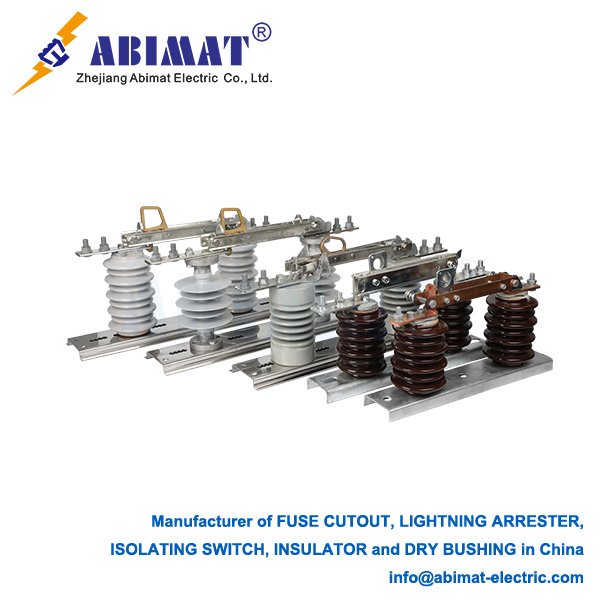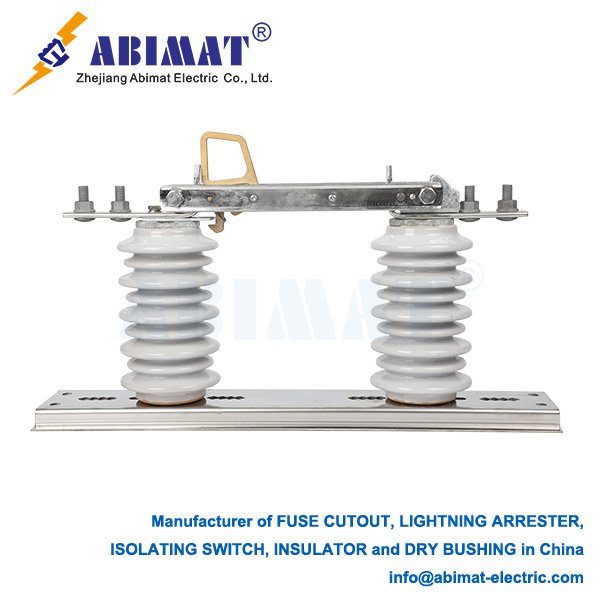11 kV Disconnecting Switch: Critical Safety Component in Medium-Voltage Systems
The abimat 11 kV disconnecting switch (disconnector) provides fundamental safety isolation in medium-voltage distribution networks. Functionally distinct from circuit breakers, it establishes a visible isolation gap compliant with IEC 62271-102 to enable safe equipment maintenance, system reconfiguration, and personnel protection.

Functional Requirements & Design Standards
Core Functions:
– Establish visible air gap isolation (minimum 150 mm phase clearance)
– Facilitate safe isolation of transformers, cables, and switchgear
– Enable feeder sectionalizing without network de-energization
– Provide integrated earthing interface per IEC 61936-1
Technical Parameters:
– Rated Voltage: 12 kV (IEC) / 15 kV (ANSI)
– Continuous Current: 630A to 1250A
– Short-time Withstand: 20 kA rms for 3 seconds
– Impulse Withstand: 95 kV BIL (Basic Impulse Level)
– Operating Duty: Manual rotary mechanism or motorized actuator
Critical Design Elements
Contact Configuration:
– Single-break type: Horizontal rotary blade (compact AIS applications)
– Double-break type: Vertical-break assembly (enhanced dielectric performance)
– Self-aligning contacts: Copper-tungsten arcing tips maintaining contact resistance ≤50μΩ
Insulation Coordination:
– Phase-to-phase clearance: ≥150 mm
– Composite insulators: Silicone rubber housing (Pollution Degree IV per IEC 60815)
– Minimum creepage distance: 31 mm/kV
Safety Integration:
– Mechanical interlocks preventing load-break operation
– Dual-padlocking provisions (ISO 14119 compliant)
– Mechanically coupled position indicators
Mandatory Operational Protocols
Prohibited load interruption: Limited switching capability to:
– Transformer magnetizing currents ≤5A
– Capacitive charging currents ≤3A (IEC 62271-102 Annex C)
Sequential isolation procedure:
– De-energize circuit via upstream protective device
– Verify de-energization
– Operate disconnector
– Engage earthing blades
Application Profiles
Distribution Networks:
– Transformer primary/secondary isolation
– Ring Main Unit feeder selection
– Shunt capacitor bank disconnection
Industrial Power Systems:
– 11 kV motor feeder isolation
– Generator circuit isolation
– Bus section segregation
Overhead Line Applications:
– Pole-mounted disconnectors (IP55 environmental rating)
– Air-Insulated Switchgear disconnection points
Maintenance & Verification
Performance Validation:
– Contact erosion inspection (max. 20% material loss)
– Operating torque measurement (≤150 Nm)
– Insulation resistance testing (≥100 MΩ at 5 kV DC)
– Blade alignment verification (±1.5° tolerance)
Type Test Requirements (IEC 62271-1):
– Power frequency withstand: 28 kV RMS for 1 minute
– Lightning impulse withstand: 95 kV peak
– Mechanical endurance: 1,000 operating cycles
– Temperature rise test: 65°C max. at rated current
Technology Evolution
– Motorized operation: SCADA-integrated actuators
– Condition monitoring: Embedded temperature/position sensors
– Hybrid switchgear: Vacuum interrupter integration for load-break capability
– GIS variants: SF₆-insulated compact designs


